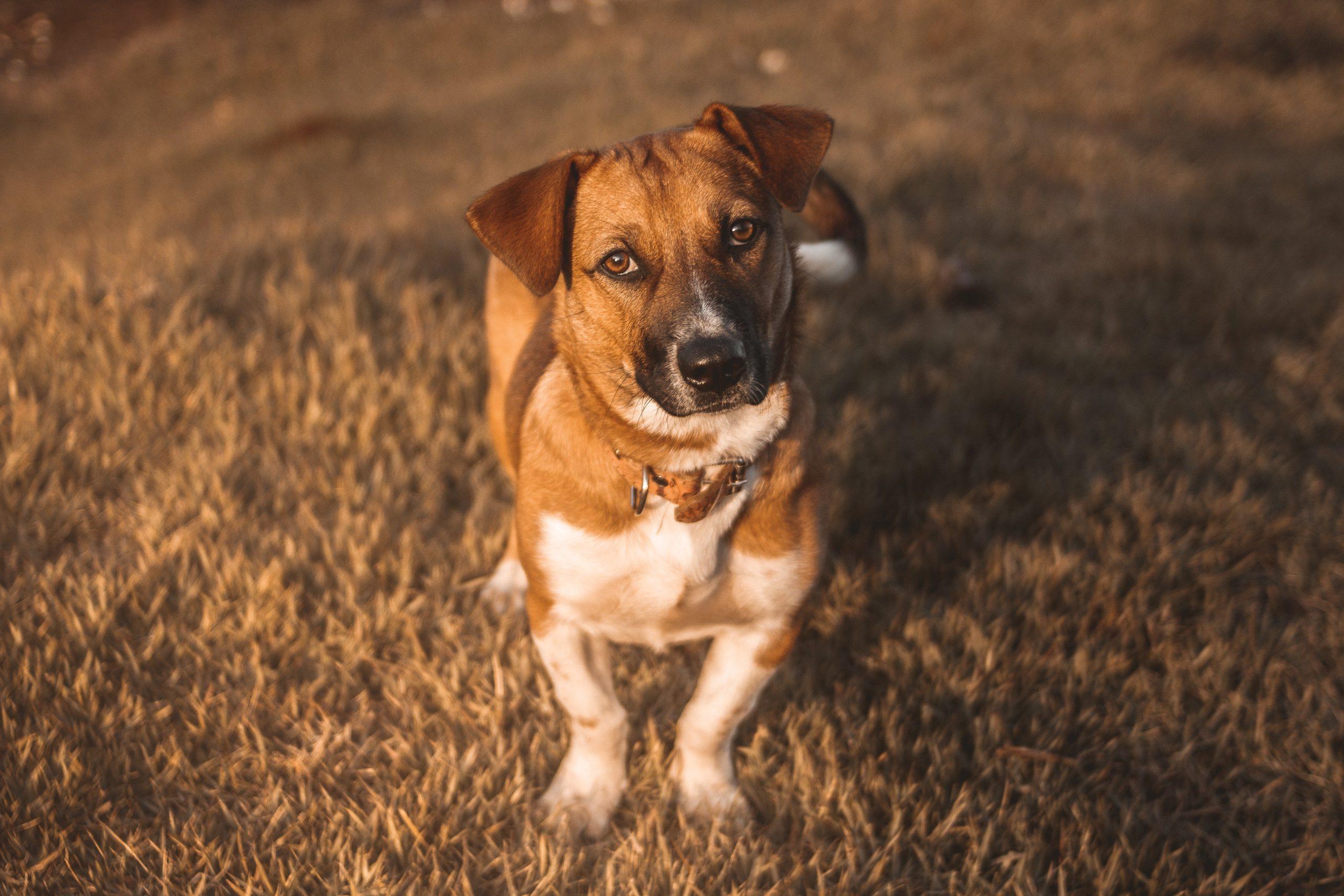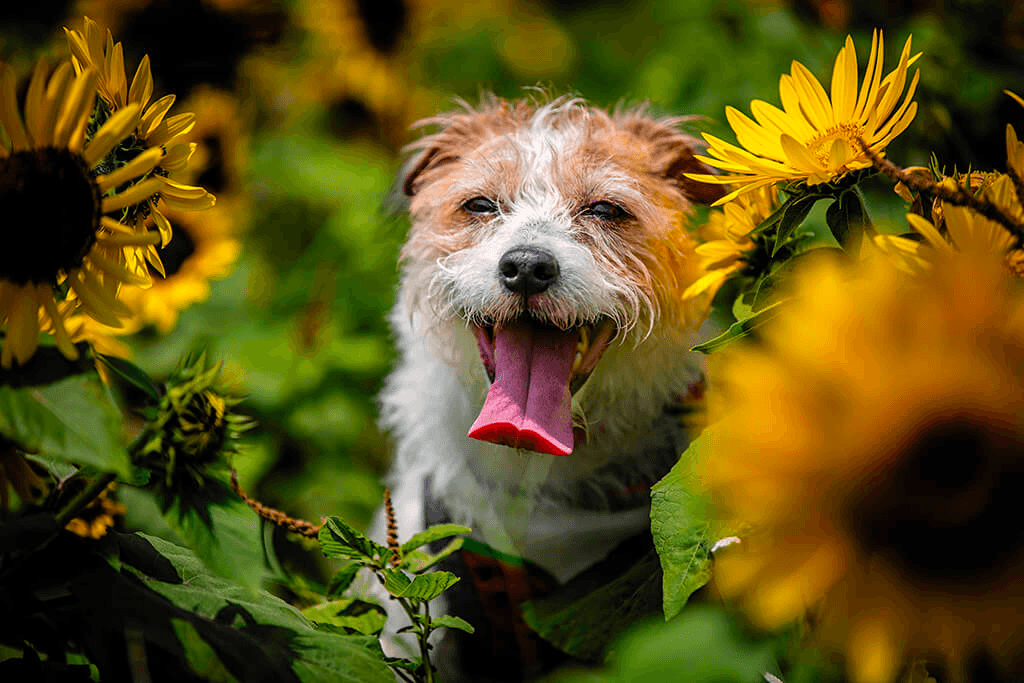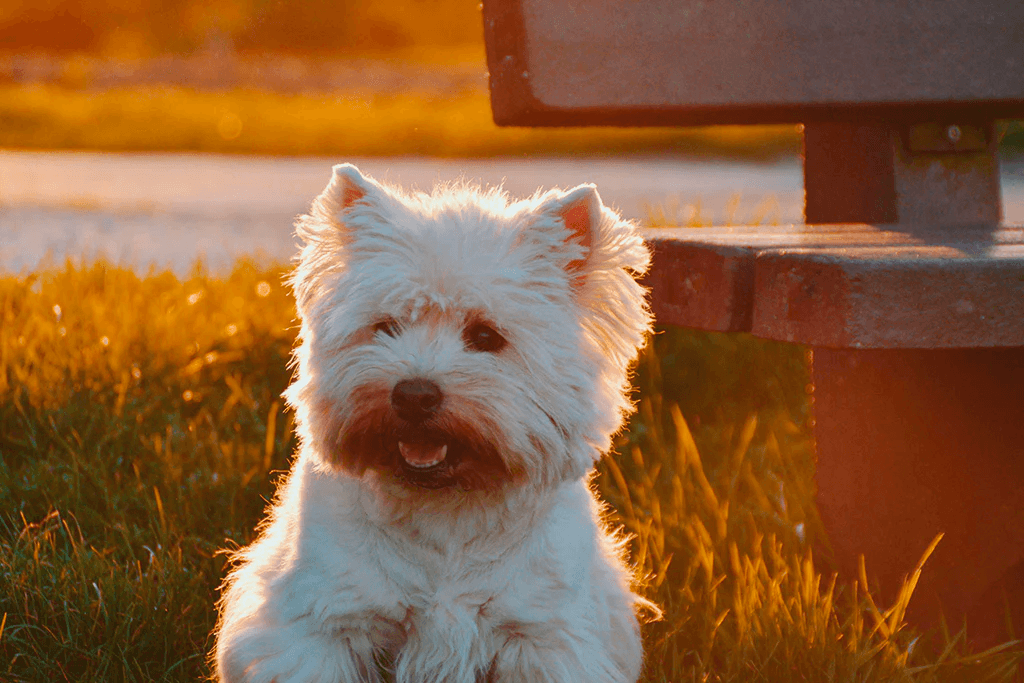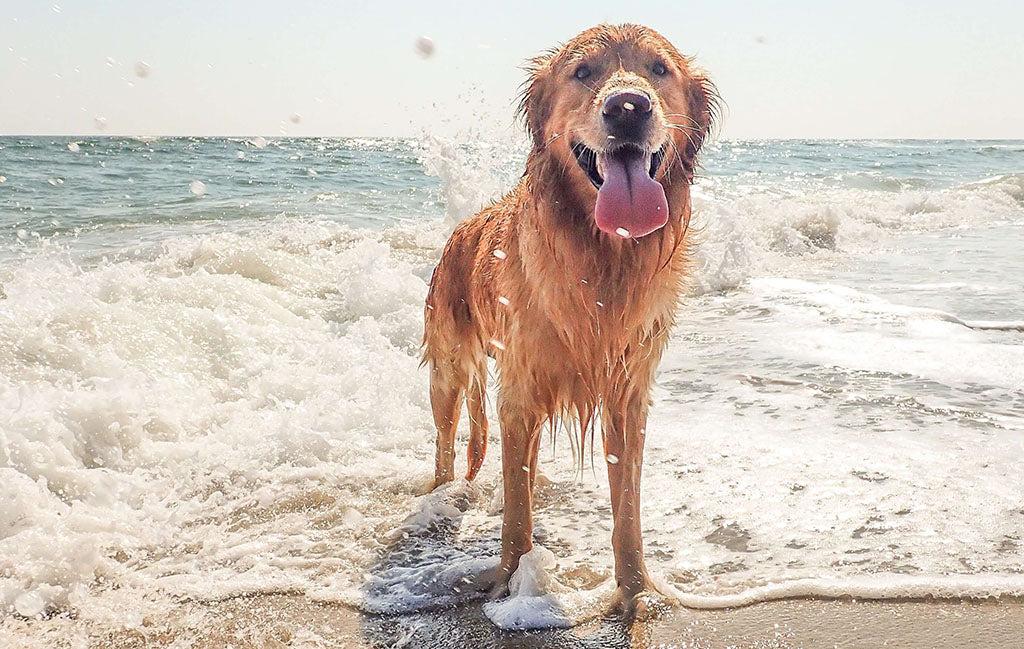Healthy dog poop is chocolately brown and reasonably firm. If your dog’s poop is white, green, orange or black here’s some helpful advice.
Dog Poop Color Chart – What Color Should Dog Poop Be?

Quick takeaway: The color of your dog’s poop can be a sign of a health condition you might otherwise be aware of. Healthy dog poo is chocolate brown and has a firm texture. Unhealthy dog poop can be green, black, orange – even white. If your dog’s poop is not a normal color (chocolate brown), it might be time to call the vet and arrange a checkup.
Printable Dog Poop Color Chart

What Color Should Dog Poop Be?
Dog poop is usually a chocolatey shade of brown. When the digestive system is working well, the gallbladder releases bile, which helps break down the food, and in that bile, there is a pigment called bilirubin, which changes the color of the stool. Things like diet, hydration, and dye in certain foods can slightly alter the color, but not too much! The more colorful the poo though, the worse it could be. Here’s a color key to get an idea of what could be wrong:
| Dog Poop Color Chart | |
| Color | Indication |
| Brown Dog Poop | Great! It should be brown. |
| Green Dog Poop | If your dog’s stool is green, they could be eating too much grass, possibly as a way of soothing an upset stomach. |
| White Spots In Dog Poop | If you see white spots in their poo, it could be that your dog has worms. |
| Yellow Dog Poop | This could be an indication that there’s something wrong with the liver, pancreas, or gallbladder. |
| Red Streaks In Dog Poop | Seeing a streak of red in the stool may appear at times, which as said earlier, could be a sign of bleeding in the lower gastrointestinal tract. If you see one streak, it might be that your dog had difficulty in passing the stool. If you see more than one streak, it is more likely an internal problem, so they should be checked over by a vet. |
| Black/Maroon Dog Poop | This can also imply bleeding, but more likely higher up in the stomach or intestines. |
What Do I Do if My Dog’s Poop Is Not a Normal Color?

If your dog’s poop isn’t its usual chocolatey brown, it might be a sign that something’s up — but it’s not always a cause for panic. Always monitor your dog’s poop along with their overall behavior. A one-off change might be harmless, especially if they’ve eaten something new. But if changes in color come with other symptoms (like lethargy, vomiting, or appetite loss), or last more than a day or two, it’s best to get your vet’s advice to rule out anything serious.
 C
C



